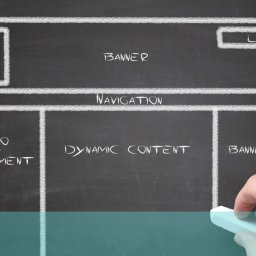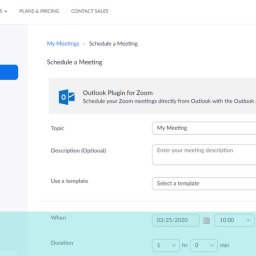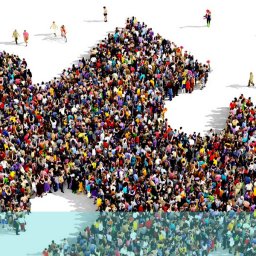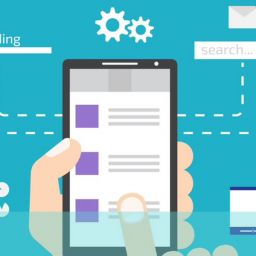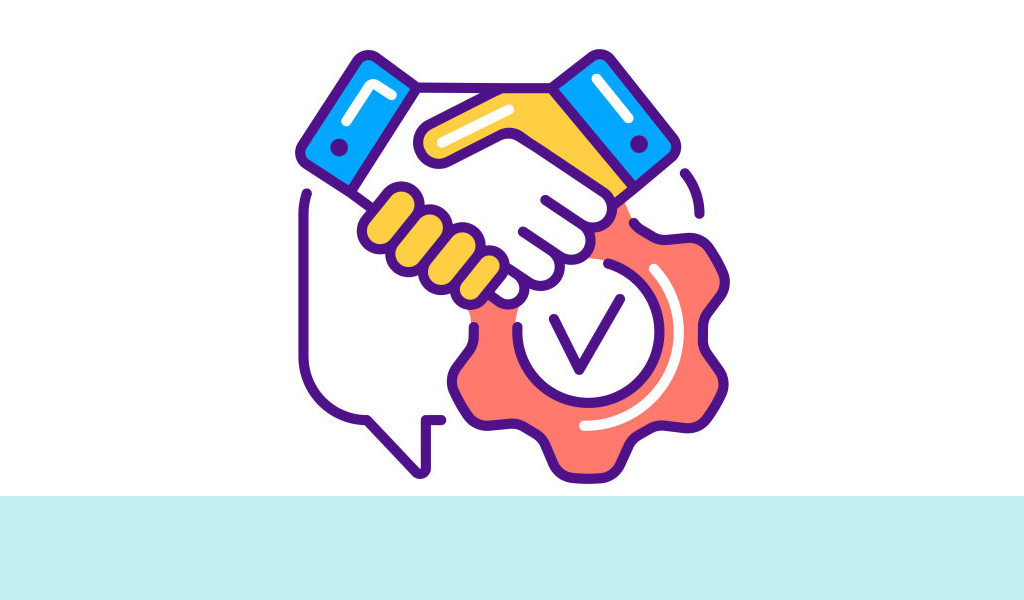
An Introduction to Ethical UX Design
“You won’t believe what happened next—follow our link to find out.”
“Close the page if you don’t want to get rich the easy way.”
“Sign up for our free trial (credit card required).”
While spending so much of our everyday lives online, the above phrases are likely commonplace within our daily scrolling. Despite rolling our eyes at such obvious exploits and feeling despair at the clickbait and emotional manipulation, we’re often still driven by subconscious needs and desires to find out what’s behind that next click or to sign up for something we feel might be slightly dubious.
Being manipulated by such techniques is unethical. But what does that mean to us as users, business operators, investors, designers, and user researchers?
The definition of ethical suggests it to be ‘morally good or correct’ or ‘relating to moral principles’. How many times a day do we see or react to something online that we know is far from that, and how does it make us feel?
Ethical design (UX) requires those behind the apps, websites, software, and systems to ensure their product’s design ethics align with their users. They must pay attention to ‘dark patterns’ used to persuade potential users to engage with their products or that existing users aren’t manipulated into making choices that benefit the company’s goal rather than their own.
The Importance of Ethical UX Design
Considering UX, we know the value of authenticity; customer loyalty comes from brand confidence and trust and a two-way street of respect between business and customer. So, if that’s the case, why are so many organizations still operating with misdirected intent to hit numeric targets and bottom-line profits? Surely, over time, they’ll lose the respect of those they’re abusing and the returns they need from their relationship.
Operating outside the conventions of ethical design, those businesses are more likely to receive bad press on social media, poor reviews, and a reputation for not caring about anyone but themself.
Trust plays a huge part in who we choose to do business with. Trust makes us feel good; if we feel good, we’ll continue to engage with the brands that make us feel that way. If that trust is damaged by a company’s lack of ethical principles, we’ll often take our business elsewhere. It’s essential, therefore, for user experience designers to create products around not only what each user needs but in line with their beliefs, feelings, ethics, and values.
Principles of Ethical UX Design
Our ethical design principles should align with those we use in everyday life: respect, fairness, inclusion, sustainability, and more. If we can apply our personal attitudes as a guideline while making our products and services or marketing them, we won’t stray too far from the behavior’s our users expect and appreciate.
The following factors create a healthy guideline for the ethical considerations of our digital products:
User Autonomy
Giving users control over their experience, personal information, and decision-making is essential. However, how much does their experience benefit from having some of those decisions managed by an intelligent system and its algorithms? Where do we draw the line? Providing them with the choice through customization is the key. Creating a user interface that finds a healthy balance between guidance and allowing users to create their own unique journeys without manipulation is the best-case scenario.
Privacy and Security
You’d have to have lived under a rock not to have had your inbox and social media feeds full of talk about data protection, GDPR, countless hacks into big business databases, and how many of our ‘personal details’ have been leaked to nefarious sources. Keeping you, your data, and all aspects of your private life private is a necessary ethical responsibility for those with access.
Collecting your information without consent? Not ethical. Insecure data storage methods? Not ethical. Selling your data, transferring it to another business, or using it without your permission? You guessed it: not ethical.
Once again, it’s about control and choice. Ethical design requires users to feel safe engaging with your digital products, choosing what to share and how it can be utilized.
Trustworthiness
There are so many ways of losing our users’ trust, so we should have policies in our design processes to create an ethical framework. Sadly, knowing when to stop isn’t always easy when balancing the business’s and the user’s needs.
The three following categories have become popular industry considerations when delivering ethical principles.
- Existential values: Designers should consider their own personal ethics to determine right and wrong actions and behavior’s suggested by clients, managers, and investors.
- Misdirected intent: Often manifesting as ‘dark patterns’, unethical digital experiences use tricks to make pages sticky, keep users engaged for longer, or buy something they might not actually need. Cutting out such manipulatory behavior’s and persuasive design techniques (designed purely to increase engagement and sales) will build trust and loyalty.
- Benevolent intent: Even with the best intentions, designers can inadvertently create processes that might not be accessible, secure, inclusive, or relevant. Take social media platforms, for example; there are pages of settings so users can decide who they follow, who can see them, how their data is managed, and which advertisers are appropriate. With all that in place, social media apps still deliver suggested content to drive ad sales. So where on the ethical line do they sit? Taking a step back to check that your systems fit all users might be time-consuming and challenging, but if that’s what’s needed to protect your user base, then it’s a practice worthy of your process.
Transparency
Earlier, we spoke about trust being the cornerstone of ethical design. To earn that trust, organizations need to operate with complete transparency. That could mean expressing your company values and brand voice up-front and central. Too many businesses hide behind privacy policies or present a moral code they don’t adhere to. Unethical.
A common abuse of transparency is how many e-commerce brands advertise low prices only for customers to be hit with additional charges at checkout. Such design choices initially make their products look like competition-beating value, but think about how it feels at the final stage, realizing those items are more expensive than from other vendors. It’s going to create the distrust that destroys customer loyalty. Similarly, subscription services with hidden fees will create the same frustration among their users.
Being upfront, honest, and clear about your practices is what your users expect. Building more transparency into your practices will earn their trust.
Inclusivity and Accessibility
As our organizations grow into new global markets, we must have a digital product that’s inclusive and accessible to all races, ethnicities, diversities, genders, sexualities, disabilities, and cognitive abilities. Interfaces must be easily navigable, clear, concise, and intuitive to give all users their ideal operation.

Challenges of Incorporating Ethics in Design
One of the designers’ biggest challenges is balancing ethics in UX design and the company’s bottom line. Investors and owners want to see growing numbers in every part of their operation. With such importance attached to finances, it’s easy to see why so many misuse or are forced to misuse the technology, putting the psychological tricks designed to manipulate users in place. However, it’s not merely deceiving users that has ethical implications, but how our choices affect the wider society and the environment.
Ethical Design Practices
Ethical design requires designers to understand the product or service’s purpose and keep within its unique parameters of fair practice. They must also consider how their design decisions affect users, society, and the environment.
An appropriate way to rethink their process is to create a policy outlining prominent areas of bad practice and exploring potential grey areas. Additionally, they should explore how users interact and feel about the product, its marketing, and their digital arenas.
It’s a great starting point to ask ourselves, “How would I feel about the way I’m being managed?” but it’s more informative and accurate to go straight to our users to find out precisely how they feel.
Tools for Ethical UX Designers
Plenty of practical tools and ongoing data analysis can help us evaluate our systems’ impact on resources, sustainability, and the environment. To navigate data breaches, we can test our online security and data protection to the nth degree and set up systems to protect and provide users with a hopefully airtight experience.
Regarding informed consent and the design process, perhaps one of the best tools at our disposal is user research. With the appropriate user research, we can explore how users interact on a deeper level, how their specific actions relate to their well-being and mental health, how they feel about design decisions, the areas in which they feel manipulated or let down, and what were healthy and informed decisions.
Summary
With so many targets for our products to achieve, it’s understandable that sometimes we slip into a grey area of ethical practice. Does sending marketing emails every day hold value for your subscribers or just more junk in their inboxes? Is the information you provide essential to their life or just to your figures?
As experts in user research, we’re perfectly placed to help organizations understand how their users feel about your company ethics, helping you see things from their point of view and focus on building a healthier user experience for your digital products and business practices.
If you would like to know more about how user research can support your ethical design objectives, email us at hello@ux247.com.


